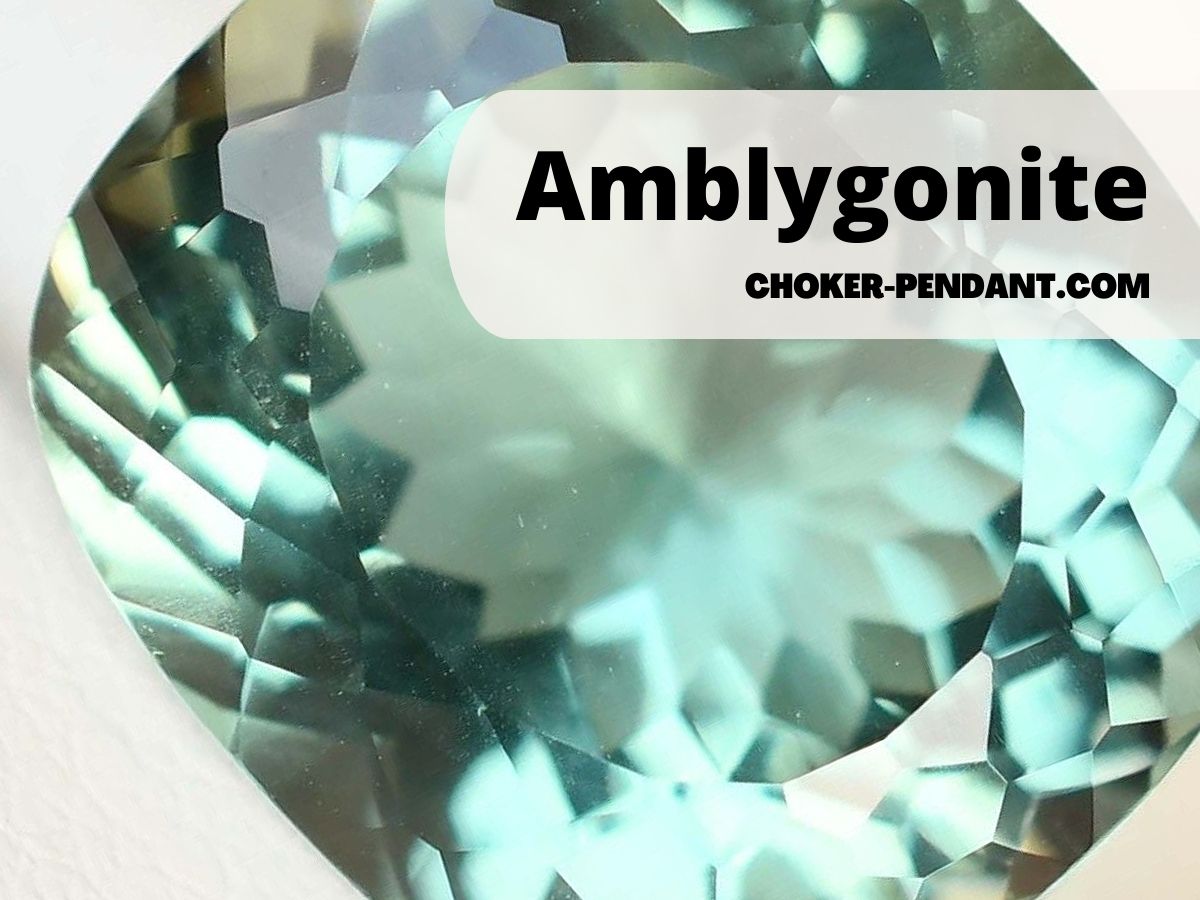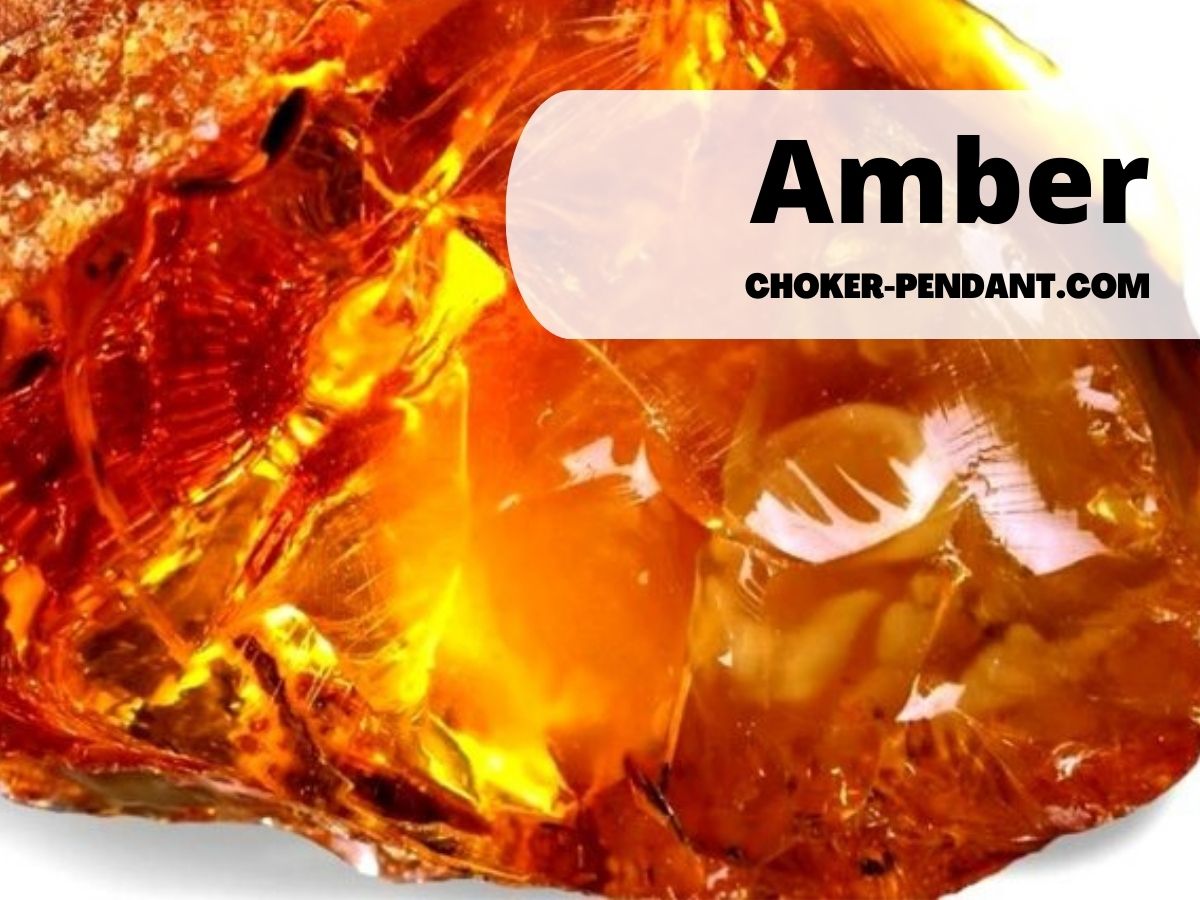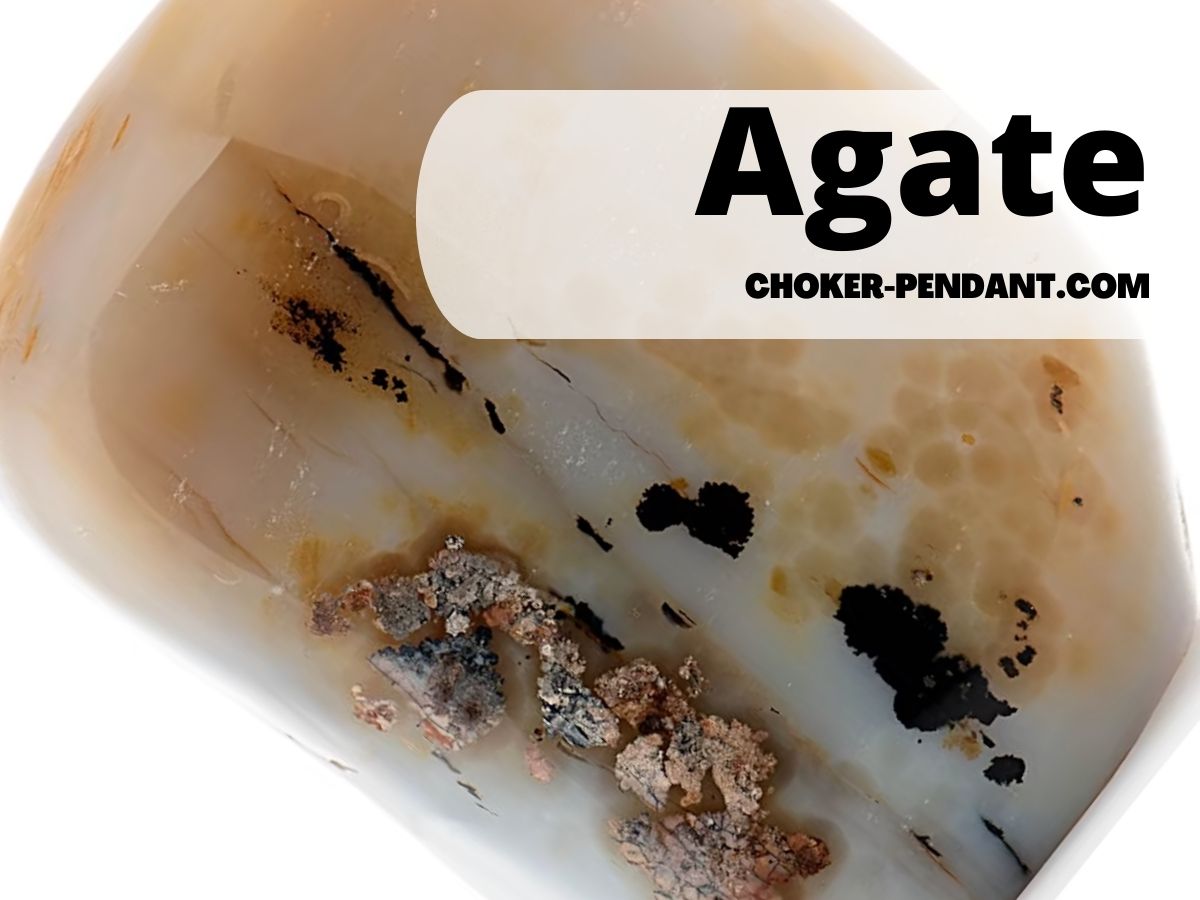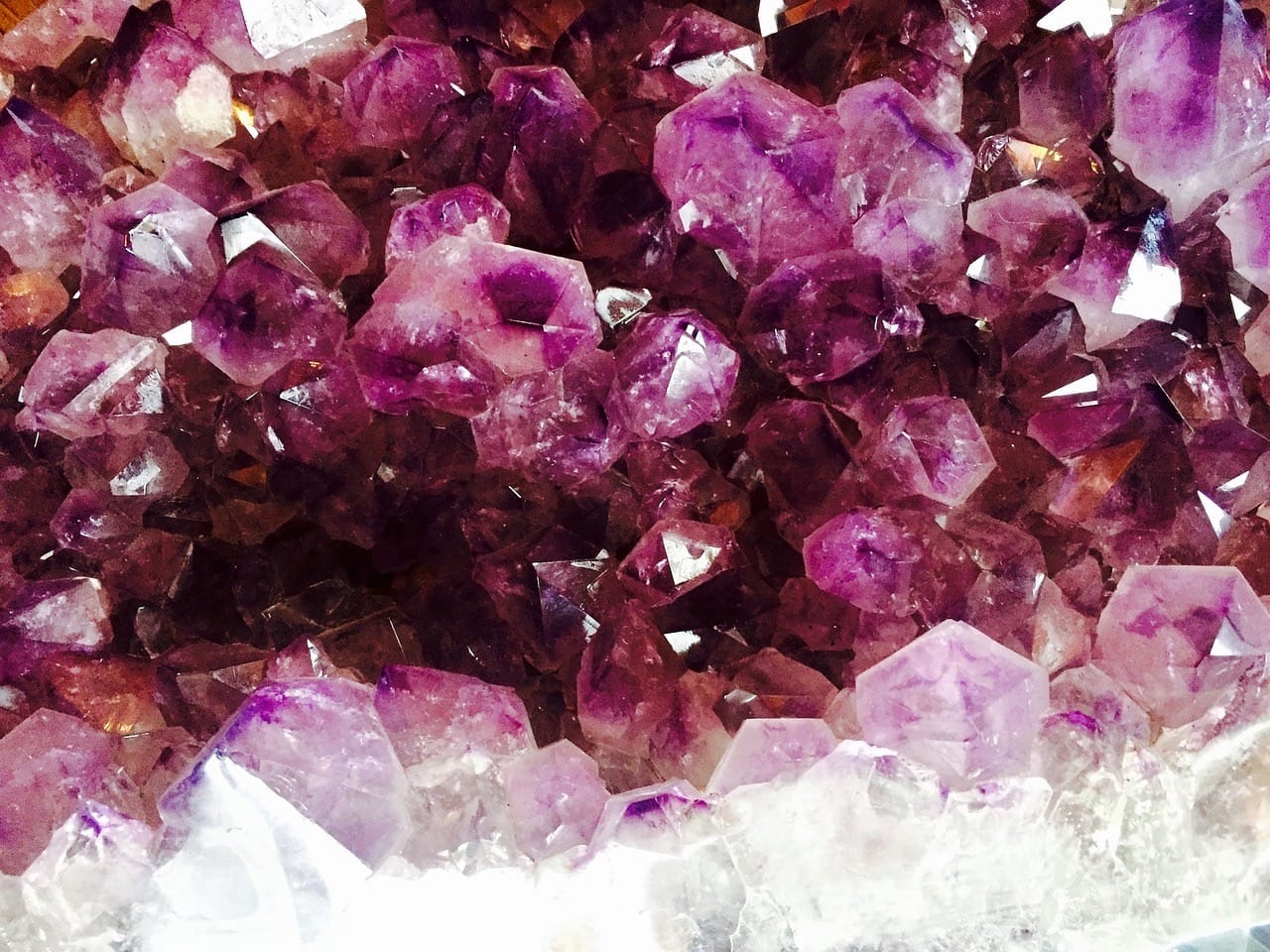What is Amber Stone?
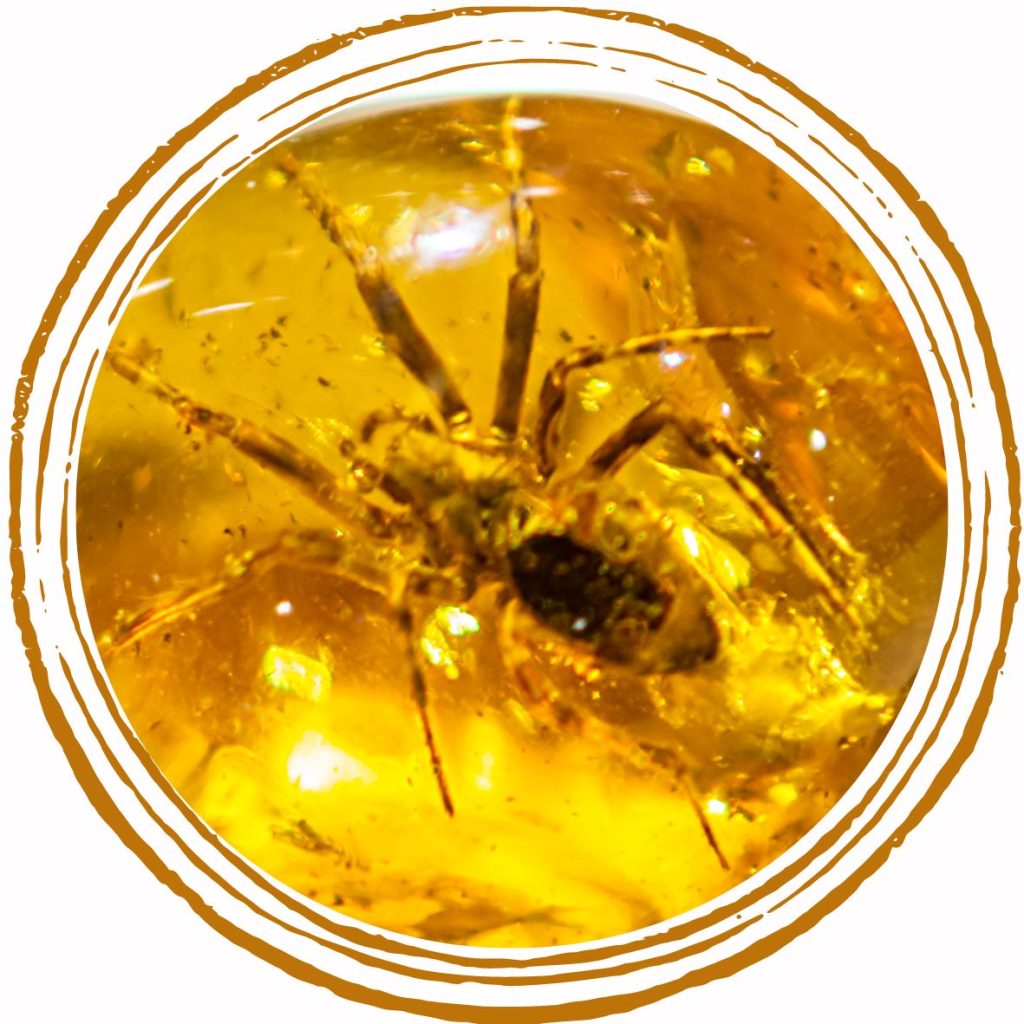
Amber stone is not actually a stone, but rather fossilized tree resin that has been hardened and preserved over millions of years. It is considered a gemstone due to its beautiful colors and ability to be polished to a high shine.
Amblygonite Specifications & Characteristics
| Feature | Description |
|---|---|
| Type | Fossilized tree resin |
| Color | Yellow, orange, brown (most common); red, green, blue, black (less common) |
| Hardness | 2 – 2.5 Mohs scale (soft) |
| Specific gravity | 1.05 – 1.10 g/cm³ |
| Crystal system | Amorphous (not a true crystal) |
| Transparency | Transparent to translucent |
| Luster | Vitreous (glassy) to waxy |
| Cleavage | None |
| Inclusions | Often contains trapped insects, plants, or other organic matter |
| Formation | Hardened tree resin over millions of years (often under pressure and heat) |
This interchangeability leads to a range of color variations observed in amblygonite stones. The crystal structure of amblygonite consists of interconnected phosphorous tetrahedra forming chains that run parallel to one another through the structure.
These chains are then linked together by sharing oxygen atoms with aluminum octahedra, resulting in a three-dimensional framework. The arrangement of atoms within this framework gives rise to its unique optical properties.
Historical Significance
The discovery and naming of amblygonite trace back to the early 19th century when it was first identified in Saxony, Germany. Renowned German mineralogist Christian Leopold von Buch named it ‘amblygonite’ due to its peculiar crystal shape.
Since then, amblygonite has garnered significant attention from scientists, gemologists, and historians alike. Amblygonite holds cultural significance in various societies throughout history.
In ancient Greece, it was believed to possess mystical and healing properties. Greek philosopher Theophrastus mentioned amblygonite in his treatise on minerals, highlighting its connection to tranquility and soothing energies.
Indigenous people in North America revered amblygonite as a sacred stone with protective qualities. It was used in spiritual ceremonies to connect with ancestral spirits and enhance intuition.
Furthermore, amblygonite was often employed as a talisman for promoting emotional balance and relieving stress. Today, amblygonite continues to be highly regarded not only for its historical significance but also for its allure as a unique gemstone that carries both aesthetic and metaphysical value.
Geological Formation of Amblygonite Stone
Origin and Distribution
Amblygonite, a fascinating gemstone with a rich history, can be found in various geological regions around the world. Its distribution is primarily concentrated in granite pegmatites, which are coarse-grained igneous rocks known for their large mineral crystals. These pegmatites serve as host rocks that accommodate the formation of Amblygonite due to their unique chemical composition and geological conditions.
The occurrence of Amblygonite stretches across several continents, including North America, South America, Europe, Asia, and Australia. Notable localities include Brazil, Russia, Madagascar, Sweden, Germany, and the United States.
In Brazil’s Minas Gerais region alone, deposits of this stone have been found in abundance. Each location contributes to the diverse range of Amblygonite specimens available in the global market.
Factors Influencing its Formation
The formation of Amblygonite is influenced by various factors that interact over long periods. The primary factors include temperature, pressure conditions during crystallization processes within pegmatites and hydrothermal environments.
Temperature plays a crucial role as it affects mineral stability and determines which chemical elements can combine to form specific minerals like Amblygonite. The cooling process enables ions to arrange themselves into crystalline structures with precise orientations.
Pressure conditions also affect crystal growth by compressing minerals at different depths within the Earth’s crust. As pegmatites form at shallow depths through intrusive processes or hydrothermal activities involving superheated fluids rich in minerals, pressure variations contribute significantly to determining crystal size and quality.
Additionally, ambient chemical environment influences the availability of elements required for forming Amblygonite. The presence of lithium-rich solutions seeping through fractures within granite formations facilitates the influx of lithium into these pockets where Amblygonite can eventually crystallize.
Formation Process
Pegmatites are crucial in the formation of Amblygonite, acting as the host rock for this captivating gemstone. These extraordinary rocks form during the final stages of magma crystallization. Pegmatitic magmas are known for their slow cooling rates, which allow the growth of large crystals.
During the cooling process, certain elements such as lithium and aluminum concentrate within pegmatitic pockets. As the solution cools further, water-rich fluids infiltrate these cavities, transporting ions necessary for Amblygonite formation.
Hydrothermal processes further contribute to Amblygonite’s creation by facilitating chemical reactions and mineral deposition within these pegmatitic environments. Hot fluids rich in dissolved minerals circulate through fractures and openings within rocks, depositing minerals over time.
The combination of slow cooling in pegmatites and subsequent hydrothermal activity provides ideal conditions for Amblygonite to crystallize and grow into its characteristic prismatic shapes. This intricate formation process contributes to both the rarity and beauty of this remarkable gemstone.

Physical Properties of Amblygonite Stone
Color Variations and Optical Effects
Amblygonite, a captivating gemstone, exhibits a fascinating array of colors that add to its allure. The most common hues observed in amblygonite include delicate shades of pale yellow, green, blue, and white. These soft pastel tones lend an ethereal quality to the stone, evoking a sense of tranquility and calmness when worn or admired.
It is worth noting that while these colors are the norm for amblygonite, there are also rare instances where this exceptional gemstone showcases remarkable color-changing or iridescent effects. The ability of amblygonite to transform its appearance under different lighting conditions or angles creates a captivating play of colors that adds an enchanting touch to any piece of jewelry.
Crystal Structure and Cleavage
At the core of amblygonite’s physical properties lies its distinct orthorhombic crystal system. This structure contributes to its unique visual appeal and beneficial properties. Within this crystal lattice, numerous symmetry elements can be discovered, adding to the stone’s inherent beauty and balance.
The presence of these symmetries enhances the overall aesthetic value by creating a harmonious arrangement within each individual crystal. Cleavage plays a crucial role in determining how amblygonite can be shaped and utilized in various applications.
Amblygonite possesses good cleavage along specific planes due to its orthorhombic structure. This cleavage allows skilled lapidaries to cut the stone precisely according to desired shapes such as faceted cuts or cabochons while maintaining its delicate balance and maximizing its visual brilliance.
Uses and Applications of Amblygonite Stone
Jewelry Industry Applications
Gemstone Usage
Amblygonite stone, with its stunning colors and exquisite crystal structure, has long been prized in the world of jewelry. Craftsmen and artisans have recognized its potential to captivate and enhance the beauty of any piece.
Skilled lapidaries harness the stone’s unique characteristics by employing various cutting styles that accentuate its natural allure. Faceted cuts are often utilized to maximize amblygonite’s brilliance, allowing light to dance through each facet, showcasing its delicate colors and optical effects.
Furthermore, amblygonite stones find their way into popular jewelry designs such as rings, pendants, earrings, and bracelets. Its versatility allows for both elegant and contemporary creations that appeal to a wide range of tastes.
Industrial Applications
Lithium Extraction
Amblygonite holds not only aesthetic value but also valuable applications in modern industry. One such application is its role in lithium extraction. Lithium has become an essential component in numerous technological advancements due to its lightweight and high energy storage capabilities.
Amblygonite’s composition contains lithium-bearing minerals making it a viable source for extracting this valuable element. With increasing demand for lithium-ion batteries used in electric vehicles and portable electronic devices, the utilization of amblygonite as a source for lithium extraction has gained significant importance.
Healing
Despite being renowned for its visual beauty and practical applications, amblygonite stone is also believed by some to possess metaphysical properties that contribute to emotional well-being and spiritual growth. It is thought that amblygonite can instill a sense of harmony and balance within oneself while promoting inner peace and tranquility. Additionally, this gemstone is said to aid in reducing stress levels and enhancing clarity of thought.
Conclusion
Amblygonite stone stands as a captivating gemstone with distinctive physical properties that lend themselves to a variety of applications. From its delicate color variations and optical effects to its unique crystal structure and cleavage, amblygonite exudes an inherent beauty that has captivated jewelers and lapidaries for centuries. Additionally, its industrial applications, particularly in lithium extraction, highlight the stone’s practical value in modern technology.
Moreover, for those who embrace the metaphysical realm, amblygonite is believed to possess healing properties that promote emotional well-being. This gemstone’s multifaceted nature leaves us in awe of its beauty while offering practical and spiritual benefits that enrich our lives.

